May 5, 2023 – According to the U.S. Drought Monitor’s May 2 report, Utah saw its third-wettest January—March on record since 1895. Nonetheless, significant parts of the state remain abnormally dry or in moderate or severe drought. The Drought Monitor forecasts that the trend is expected to persist.
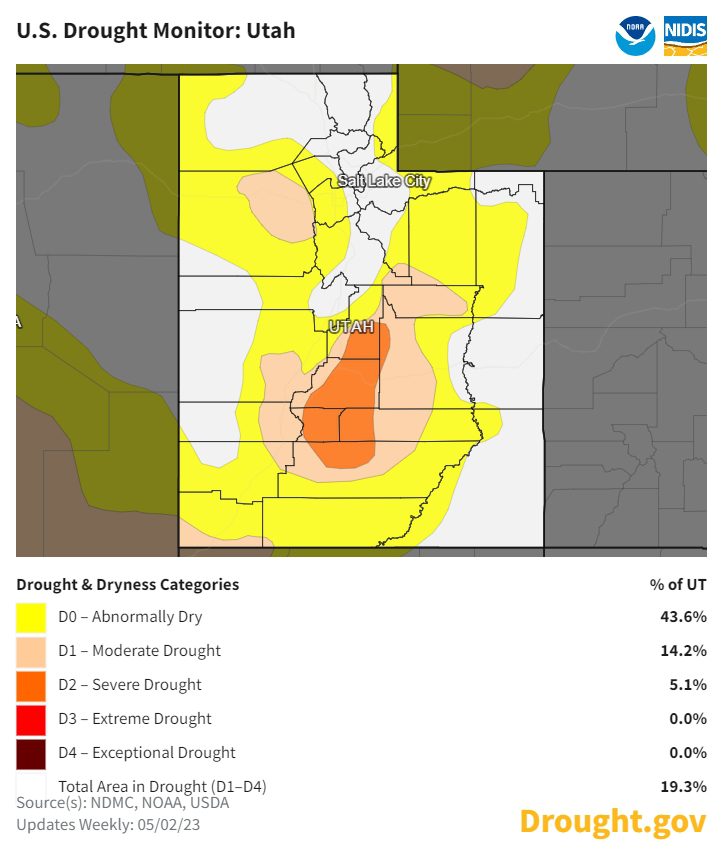
Record-Breaking Snowfall.
The State’s drought page reported some optimistic news in April:
- According to the Natural Resources Conservation Service in their April report, Utah’s statewide snow water equivalent (SWE) measured at our SNOTEL weather stations broke the 1983 record, making this the snowiest winter since the SNOTEL network was installed in 1980. Prior to 1980, Utah NRCS evaluated SWE based on manual, monthly measurements called “snow courses”, starting around 1930. Using these historical data, the winter of 1952 was the record holder for the most SWE for April 1st (when Utah’s snowpack typically peaks) until the winter of 2022-2023 came along. As of April 4th, this winter has officially broken the 1952 record as well, making this year’s snowpack the deepest ever measured in Utah.
- Great Salt Lake has risen over three feet since its historic low two set in early November 2022. This is due to direct precipitation and inflows to the lake. For context, the lake hardly rose a foot all of last year. We are off to a good start as we look toward spring runoff!
- Twenty-four of the 47 reservoirs the division monitors are below 55%, which is about the same as last year but still about 10% lower than normal for this time of year.
- Of the 96 measured streams, 13 are currently flowing at their record highs.
Words of Caution.
Last year and with 70% of Utah’s municipal water used outdoors to water lawns and other city turf, Utah became the first in the nation to pass a “turf buy-back” bill under which the state would pay half the costs of replacing lawns or turf with drought-resistant landscaping.
That was before this winter’s extraordinary snowfalls.
KUER 90.1 writes that Bryan Hopkins, a professor at Brigham Young University specializing in grass and turf within the plant and wildlife sciences department, is concerned about Utah residents’ response to the massive snowfall experienced this year. He fears that Utah might revert to its old water-wasting habits instead of adapting to the increasingly arid Western conditions by embracing drought tolerance.
writes that Bryan Hopkins, a professor at Brigham Young University specializing in grass and turf within the plant and wildlife sciences department, is concerned about Utah residents’ response to the massive snowfall experienced this year. He fears that Utah might revert to its old water-wasting habits instead of adapting to the increasingly arid Western conditions by embracing drought tolerance.
“Efforts to conserve water had gained traction, but the wet winter seems to have reversed that trend,” he explained to KUER


Hopkins said that many Utah residents tend to overuse water, citing a study from Utah State University that revealed homeowners typically use twice the necessary amount of water.

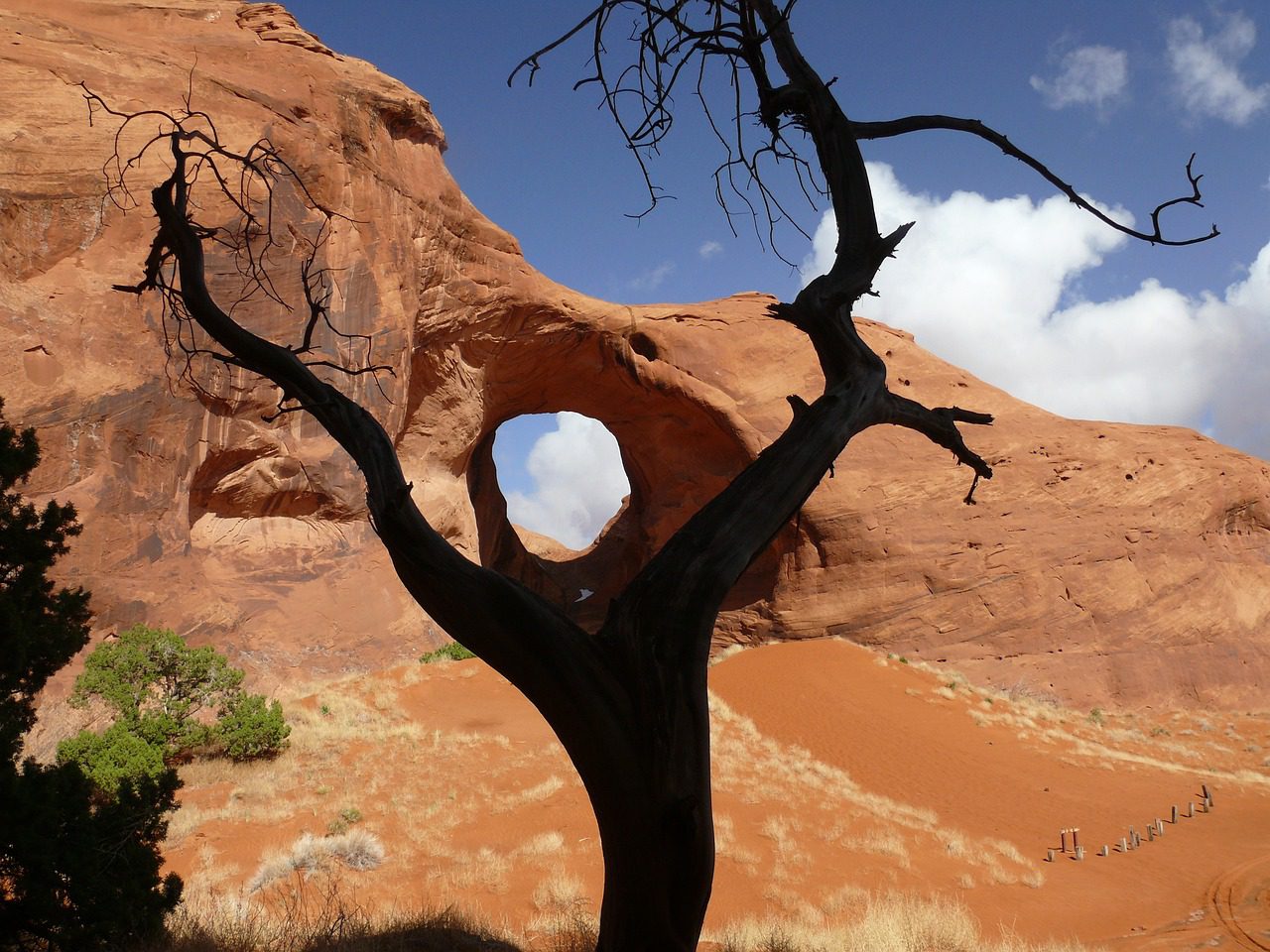
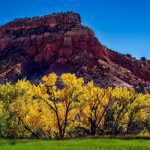
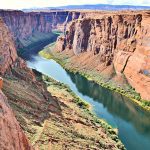
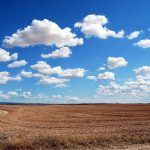

Leave a Reply